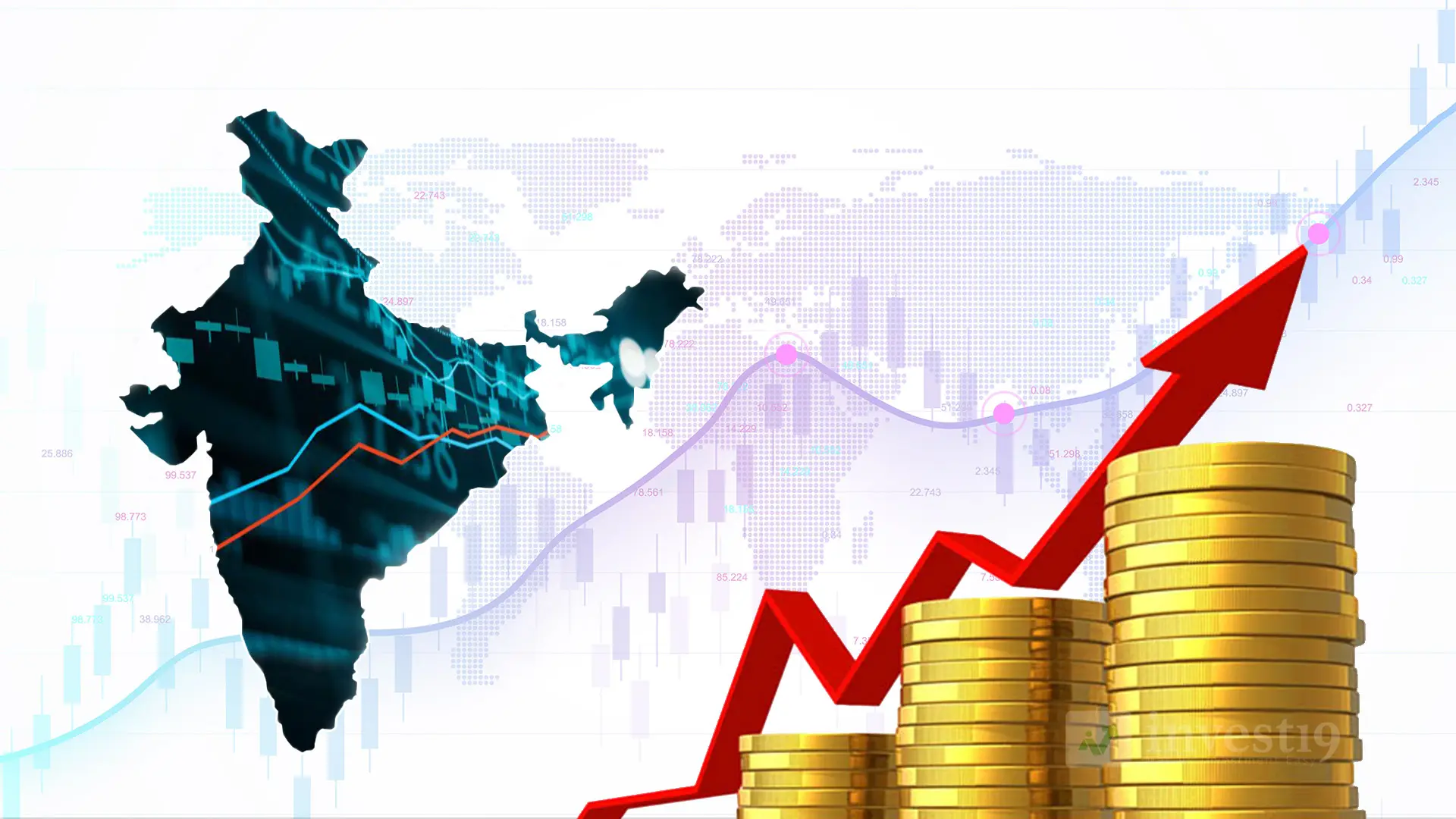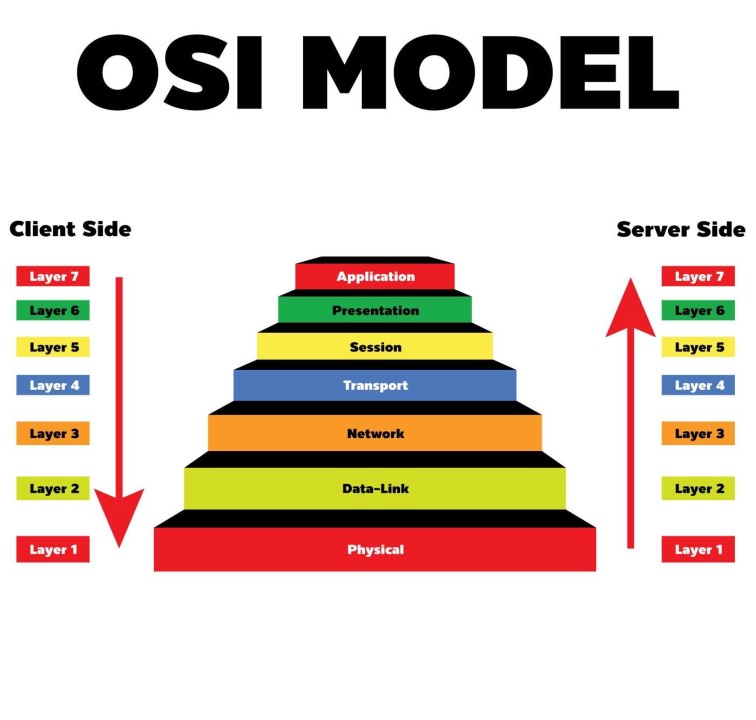
Introduction
India economic growth has been a topic of global interest, especially over the past few decades. As the world’s fifth-largest economy by nominal GDP and the third-largest by purchasing power parity (PPP), India has shown remarkable resilience and potential. This growth trajectory is a result of various structural reforms, policy initiatives, and demographic advantages. Understanding the factors driving India’s economic growth provides insights into its future prospects and challenges.
Historical Context
Post-Independence Era
After gaining independence in 1947, India’s economic growth was initially slow due to a focus on self-reliance and a centrally planned economy. The government adopted a mixed economy model, with significant state control over key industries. The five-year plans aimed at achieving socio-economic goals, but the growth remained modest, hampered by bureaucratic red tape and inefficiencies.
Liberalization in 1991
A turning point in India economic growth came in 1991 when the country faced a severe balance of payments crisis. The government, led by then-Prime Minister P.V. Narasimha Rao and Finance Minister Dr. Manmohan Singh, introduced sweeping economic reforms. These reforms included liberalization, privatization, and globalization, aimed at opening up the economy, reducing state control, and attracting foreign investment. The impact was profound, setting the stage for sustained economic growth.
Key Drivers of Economic Growth
Demographic Dividend
India’s demographic advantage, with a young and rapidly growing workforce, has been a significant driver of economic growth. The large, youthful population provides a vast labor pool and a burgeoning consumer market, fostering economic dynamism.
Services Sector Boom
The services sector, particularly information technology (IT) and IT-enabled services (ITES), has been a cornerstone of India economic growth. Companies like Tata Consultancy Services (TCS), Infosys, and Wipro have become global leaders, driving export revenues and employment. The sector’s growth has also spurred advancements in telecommunications, financial services, and real estate.
Infrastructure Development
Investment in infrastructure has played a crucial role in India economic growth. Initiatives like the Golden Quadrilateral highway network, the development of major ports, and urban infrastructure projects have improved connectivity and facilitated trade and commerce. Recent projects such as Smart Cities Mission and Bharatmala Pariyojana continue to enhance infrastructure.
Policy Reforms and Ease of Doing Business
The Indian government has implemented various reforms to improve the business environment. The introduction of the Goods and Services Tax (GST) in 2017 unified the country’s indirect tax system, simplifying the tax structure and boosting compliance. Efforts to improve the ease of doing business, such as digitization, reducing regulatory hurdles, and encouraging startups, have attracted domestic and foreign investments.
Challenges to Sustained Growth
Despite the impressive strides in India economic growth, several challenges remain. High levels of income inequality, unemployment, and poverty persist. The agricultural sector, which employs a significant portion of the population, struggles with low productivity and inadequate infrastructure. Environmental concerns, such as pollution and resource depletion, also pose threats to sustainable growth.
Future Prospects
Digital Revolution
The digital revolution offers immense opportunities for India economic growth. The proliferation of smartphones and internet connectivity has the potential to transform sectors like education, healthcare, and financial services, making them more accessible and efficient.
Manufacturing and Make in India
The Make in India initiative aims to boost the manufacturing sector, creating jobs and reducing dependency on imports. By focusing on sectors like electronics, automobiles, and textiles, India seeks to become a global manufacturing hub.
Renewable Energy and Sustainability
Investing in renewable energy sources, such as solar and wind, is crucial for sustainable India economic growth. The government’s commitment to increasing renewable energy capacity aligns with global efforts to combat climate change and reduce carbon emissions.
Conclusion
India economic growth story is one of resilience, transformation, and potential. While significant challenges remain, the country’s demographic advantage, robust services sector, infrastructure development, and policy reforms provide a strong foundation for future growth. By addressing structural issues and leveraging technological advancements, India can continue its journey toward becoming a major global economic powerhouse.
